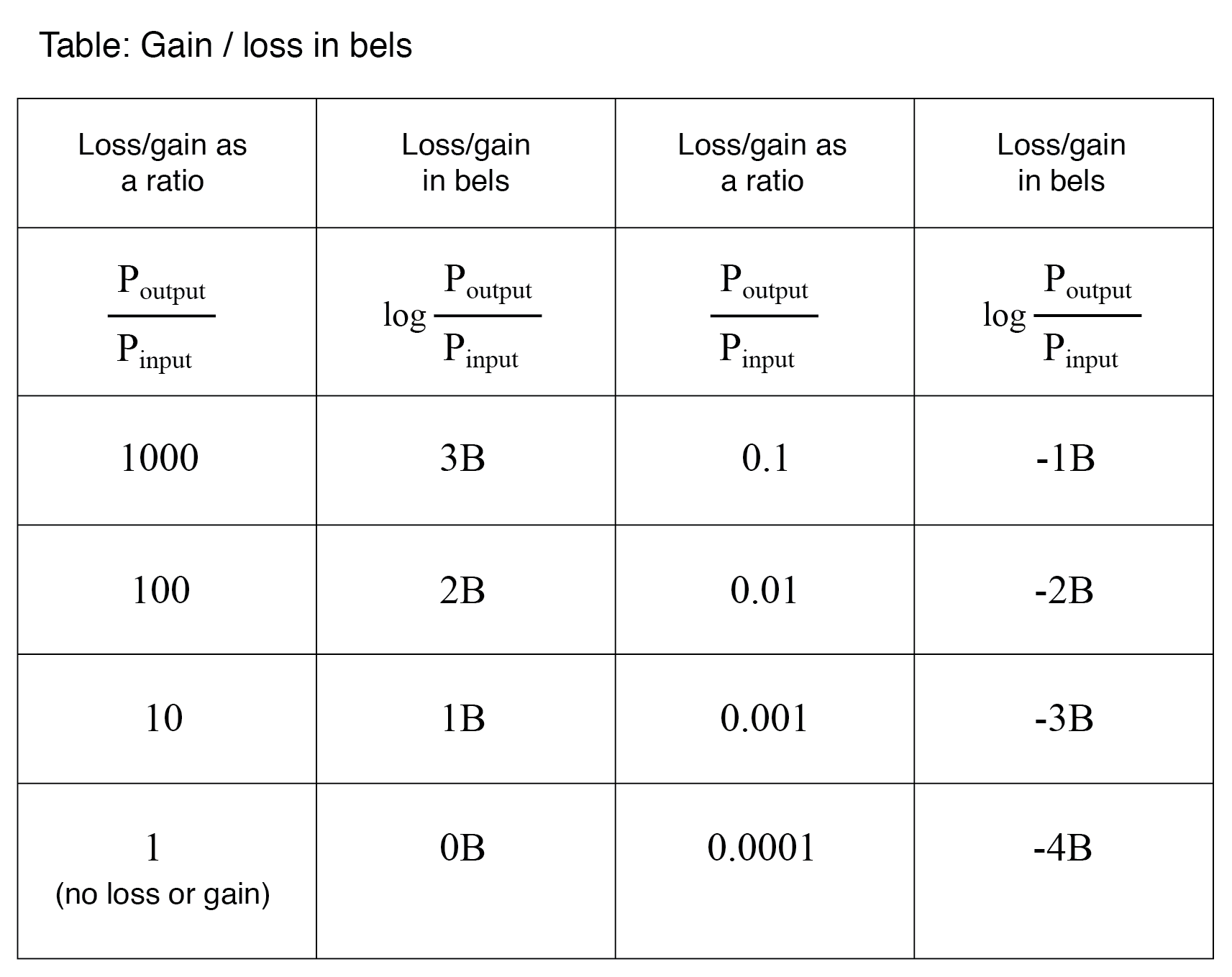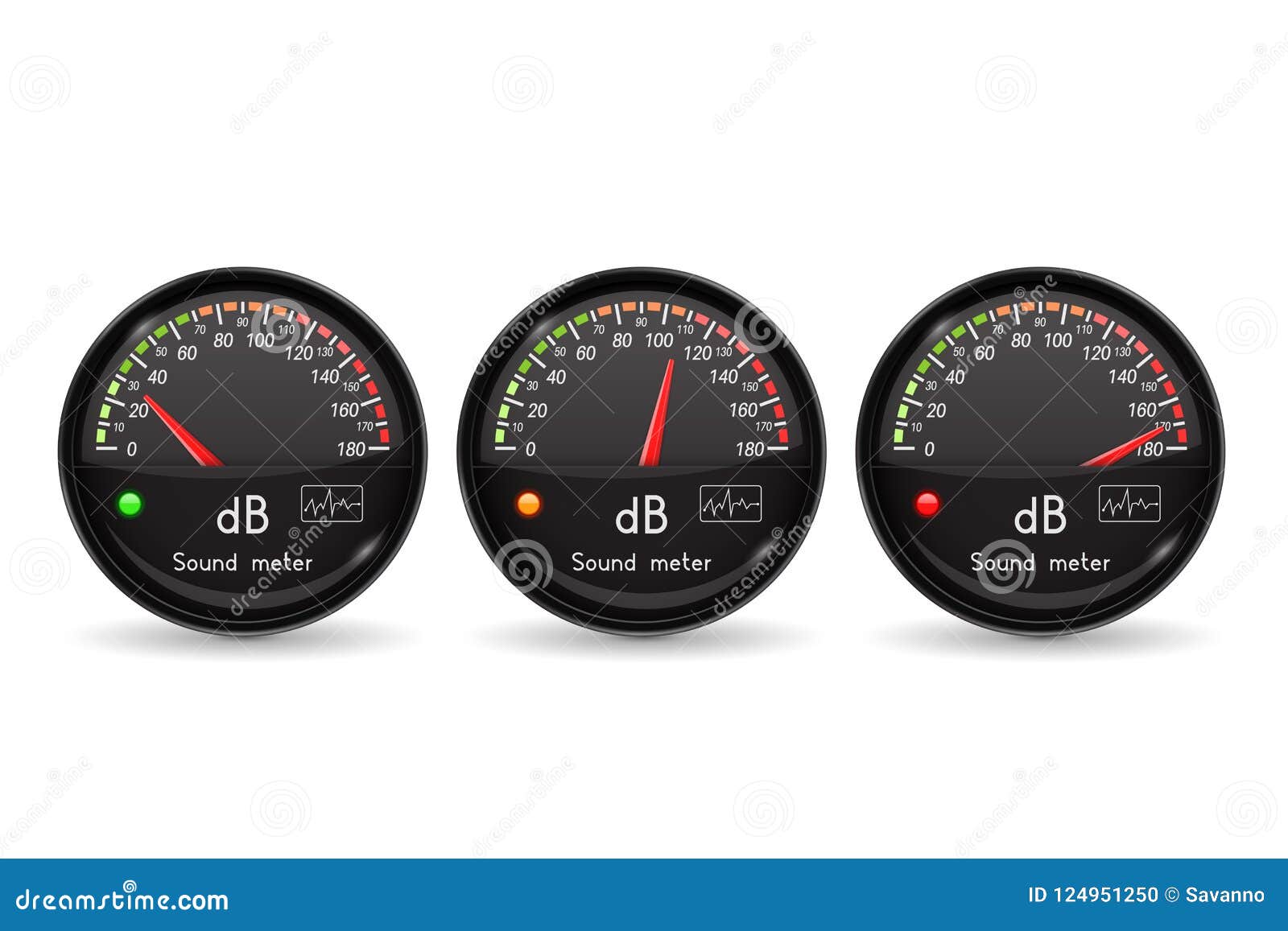

In sound, decibels are defined in terms of power per unit surface area on a scale from the threshold of human hearing, 0 dB, upward towards the threshold of pain, about 120-140 dB. A circuit amplifies only if the decibel figure for the output-to-input power ratio ( S dBP) is positive. In amplifiers, the gain, also called the amplification factor, is often expressed in decibels. When a decibel figure is negative, then the second signal is weaker than the first signal.

When a decibel figure is positive, then the second signal is stronger than the first signal. Then the current amplitude difference in decibels, symbolized S dBA, is: Suppose a signal delivers an rms (root-mean-square) amperage of A 1 through a load, and a second signal delivers an rms amperage of A 2 through another load having the same impedance. Then the voltage amplitude difference in decibels, symbolized S dBV, is:ĭecibels can also be calculated in terms of the effective current (amperage) if the impedance remains constant. Suppose a signal has an rms (root-mean-square) voltage of V 1 across a load, and a second signal has an rms voltage of V 2 across another load having the same impedance. Then the power amplitude difference in decibels, symbolized S dBP, is:ĭecibels can be calculated in terms of the effective voltage if the load impedance remains constant. Suppose a signal has a power of P 1 watts, and a second signal has a power of P 2 watts. A decibel is one-tenth of a Bel, a seldom-used unit named for Alexander Graham Bell, inventor of the telephone. In acoustics, the decibel is used as an absolute indicator of sound power per unit area. In electronics and communications, the decibel (abbreviated as dB, and also as db and DB) is a logarithmic expression of the ratio between two signal power, voltage, or current levels.


 0 kommentar(er)
0 kommentar(er)
